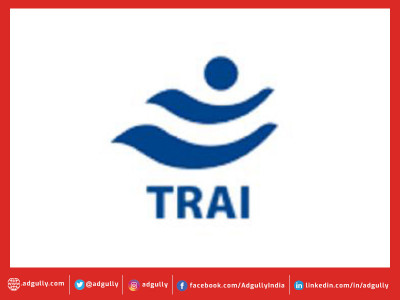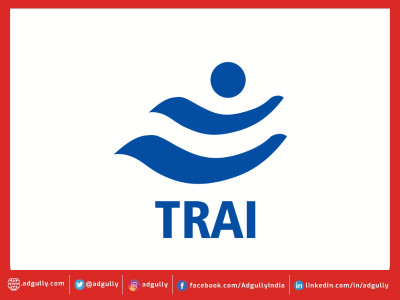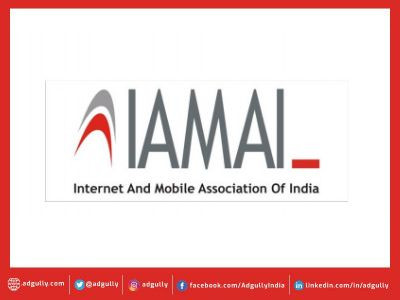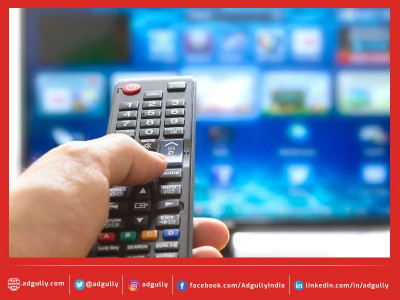The new tariff structure mandated by the Telecom Regulatory Authority of India (TRAI) has come into effect from February 1, 2019. TRAI had assured that there would not be blackout of consumers’ TV screens, but has directed DPOs to stop giving the pay channels to non-complying consumers and only air the FTA channels from February 5 onwards. Moreover, those consumers who have made long-term payments will continue getting the channels that they watch.
Meanwhile, as per media reports, Tamil Nadu-based Arasu Cable has started to black out the pay channels of those customers in the state who are yet to register their channel choice with the MSO.
Speaking to Adgully about the South markets, Shankar Bala, CEO, Fourth Dimension, remarked, “It is basically a mixed reaction. Though I haven’t spoken to a lot of them, the center of fear is more on channels that are not doing well in terms of viewership. But the channels which are very strong in content and distribution will do well. People in the industry say that every year or every two years some or the other disruption takes place.”
It’s a wait and watch whether other DPOs will also black out the pay channels of non-complying customers from tomorrow (February 5). The migration to the new tariff structure has not been a smooth one, as petitions have been filed by LCOs who feel that the revenue sharing arrangement is skewed against them. LCOs across West Bengal, Kerala, Gujarat and Telangana have filed cases in the respective states’ High Courts.
There is also not a clear picture as to the total number of consumers who have registered their channel choices with the DPOs so far, even though TRAI Chairman RS Sharma, while speaking to the media, had stated that almost 90 per cent of the consumers would be migrating to the new tariff structure before the January 31 deadline ended.
Fears of an advertising blackout
Amid this monumental change in India’s TV viewing pattern, there have also been speculations in the industry about an advertising blackout till the dust settles. Giving an ad agency perspective, Sumanto Chattopadhyay, Chairman and CCO, 82.5 Communications, opined, “Basically money only follows where the eyeballs are and it is going to get fragmented from the television we used to sit and watch to something that we can lean forward and watch on our iPads and smartphones. But from a content point of view, I don’t think it changes our game too much, because I still need to work with the same grammar. I wouldn’t know if it changes too much, while emerging through new media which doesn’t change our life so much.”
Chattopadhyay affirmed, “I don’t think anybody has the guts to pull back and say that they would be doing digital more and more. I think brands are at a stage where they will do a bit of both and will see how the market progresses over the next three years.”
Talking from a South India point of view, Fourth Dimension’s Bala said, “I don’t think advertisers, especially FMCG clients are feeling the heat at the moment. So far, the consumer had been used to paying for a number of channels and the advertiser knew that these channels had always been there in the main channel pack. Under the new tariff regime, the client would not want to pay for a channel with less viewership. However, it is a call which the advertiser will not take in haste. As far as South is concerned, Kerala is the only market with the largest stable network. Retail has been solely on gut feeling. Tamil Nadu is the only state that had conditional access way back in 2004. The stakes are much higher in HSM. Tamil Nadu has around 92 per cent cable penetration, can the advertiser really afford a blackout today?”
Bala noted that 2019 being an election year, maximum viewership will be seen on news channels, irrespective of the category one is part of. He remarked, “Advertisers are today in a position to let go of entertainment channels as more viewers will come on to news channels due to the forthcoming elections. When the digitisation move from analog to digital mode happened, or when the TV ratings system switched from TAM to BARC, the advertisers didn’t resort to blackout. Hence, it will be a very hasty decision if an advertiser takes a call like that.”
Bala emphatically stated that the new tariff regime would be good for the advertisers, even though initially there would be some disruption. “But this will remain only till the advertisers figure out who’s watching what. The dust will settle down in 3-4 weeks, there’s nothing to worry,” he added.
Agency Viewpoint
Chattopadhyay doesn’t see a dramatic change in television viewing with the new tariff structure. He noted, “Basically the channels are still offering packages to make it cost effective for consumers to continue watching, so everything in it is for you, but it now comes at a price which makes it interesting for you. There are also a lot of competing broadcasters and companies and they are all struggling with this and they are trying to come up with solutions that are going to make it worthwhile for their audiences. So, I do not think in terms of advertising life is going to change dramatically, because we are still going to be creating and from a media perspective, they are going to figure out how to deliver the right advertisement to the right people. You will have to offer different packages.”
Consumer Engagement
When asked how consumer engagement with broadcast media would change with the new TRAI regime, Bala replied, “It will take some time for the consumer to get to know what is happening. There are different types of consumers – one who pays for the subscription in the beginning of the year, whether or not he watches all those channels. For such consumers this will hardly have any impact. Second kind of consumers are those who prefer buying packs. He will pay for his packs and be content with it. The third kind of consumers are very price conscious; he had been getting all channels at a rate ‘X’, whether he watches them or not. Under the new tariff structure, these consumers will get to decide what they want to watch and pay for only those channels whether as a pack or a la carte.”
















Share
Facebook
YouTube
Tweet
Twitter
LinkedIn